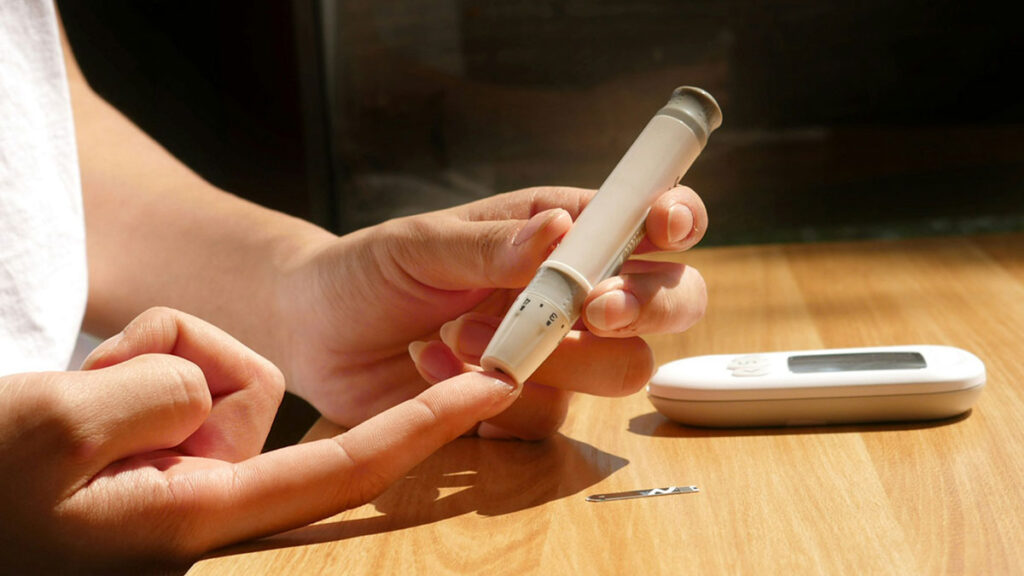Apart from being a devastating disease throughout the Pacific, diabetes has now become Australia and New Zealand’s fastest growing chronic disease and it’s becoming increasingly prevalent among adolescents and children. Nearly 1.2 million Australians and more than 240,000 New Zealanders have been diagnosed with diabetes. A further 500,000 Australians and an estimated 100,000 Kiwis are living with the disease but don’t yet know it.
Thankfully there are some simple lifestyle changes you can make to reduce your risk of developing diabetes, like keeping active and aiming to achieve a healthy weight. Carrying extra weight, especially around your middle, is a key risk factor for diabetes.
Choose low GI carbs
Low GI (glycemic index) carbs help manage blood glucose and keep you feeling fuller for longer, so you snack less, have fewer cravings and can concentrate better. Look for low GI carbohydrates like wholegrains, rolled oats, wholemeal pastas, quinoa, buckwheat and barley.
Choose healthy fats
Nourishing plant fats from wholefoods, like extra virgin olive oil, unsalted nuts and seeds, and avocado, will help slow the release of glucose into your bloodstream, meaning better blood-sugar control. They will also help to reduce inflammation in your body, which has been linked to a range of chronic diseases, including diabetes.
Focus on wholefoods
Evidence is accumulating that the best way to prevent, treat and even reverse diabetes is with a plant-based diet. Basing your diet on a variety of wholefoods, including wholegrain breads and cereals, fruits and vegetables, nuts and seeds, will help lower your risk of diabetes. Try replacing some meat meals with plant proteins such as legumes, as these are high in fibre and help to manage blood sugar levels. At the same time, it’s important to limit highly processed high fat and high sugar foods.
The three types of diabetes
Type 1 diabetes. This is an auto-immune condition when the body’s immune system destroys insulin-producing cells in the pancreas. This means people can’t make their own insulin and need to use insulin injections or an insulin pump daily. The cause is unknown and no cure has been found.
Type 2 diabetes. This is a lifestyle-related condition and is a chronic disease. It’s most commonly found in adults over 45, although we are now seeing children as young as five being diagnosed with type 2 diabetes due to an increase in childhood obesity. It’s mainly caused by extra body weight and poor eating and lifestyle habits.
Gestational diabetes. This is a type of diabetes that occurs during pregnancy. It normally goes away after the baby is born, although it does increase the risk of the mother developing type 2 diabetes in the future. Gestational diabetes can generally be managed by following a healthy lifestyle, but for some women, insulin injections may be required.







